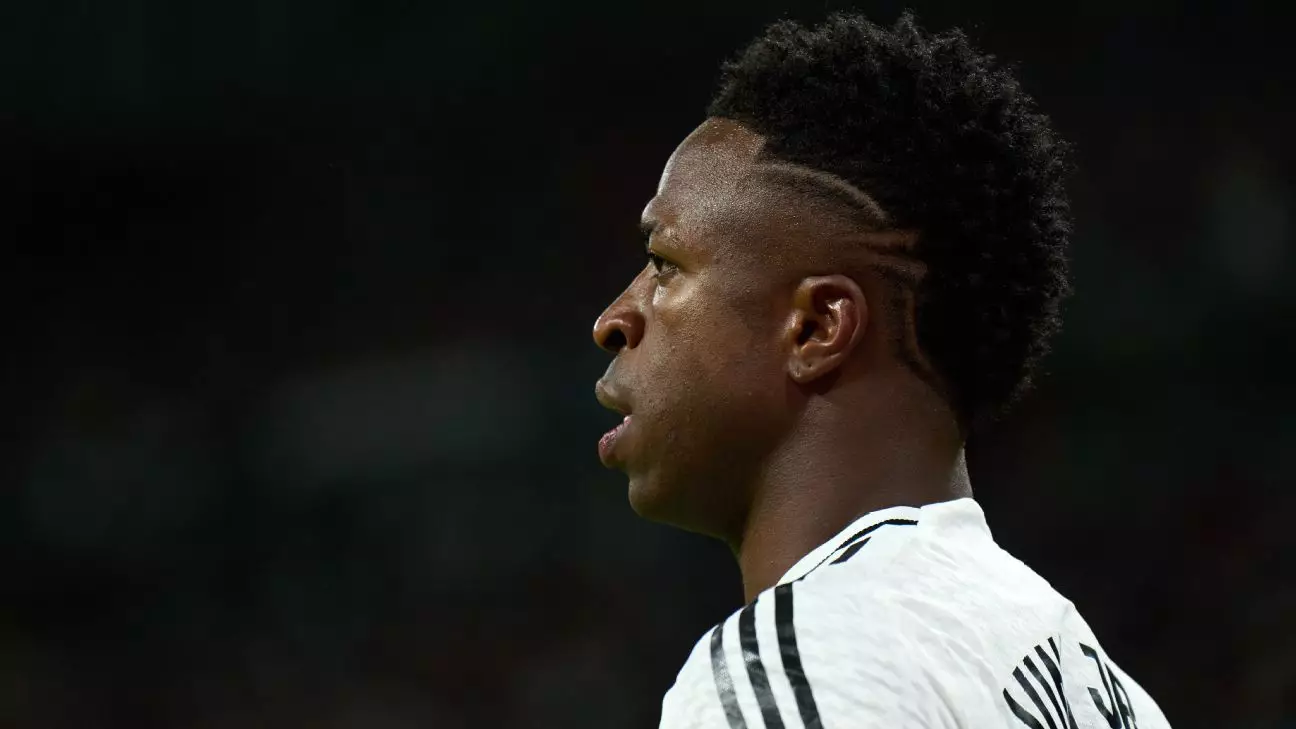As the global football scene evolves, transfer rumors and speculations become an intrinsic part of the narrative, reflecting not just the clubs’ ambitions but also the aspirations of players. This article delves into the latest developments regarding some high-profile players, shifts in managerial decisions, and the impact of these changes on clubs across Europe. With major clubs like Real Madrid, Chelsea, and AC Milan making headlines, it’s crucial to analyze the underlying factors shaping these movements in this ever-changing landscape.
The futures of high-profile athletes often ignite passionate discussions among fans and analysts alike, and Brazilian winger Vinícius Júnior is no exception. Should the dynamic forward from Real Madrid become available for transfer, interest from heavyweight clubs such as Chelsea and Paris Saint-Germain (PSG) could ignite a bidding war. His performance on the pitch has made him one of the most coveted talents in football, with his existing €1 billion release clause hinting at his immense market value.
Current speculation suggests that Vinícius may be considering a move to Saudi Arabia, primarily influenced by Al Hilal’s pursuit. However, a transfer that could eclipse Neymar’s record-setting €222 million would be more likely if he decides to remain in Europe. Given the stature of clubs involved, this potential transfer is thrilling yet complex, underscoring the battleground of football transfer politics where financial might often prevails over talent alone.
Rafael Leão, a forward for AC Milan, is finding himself at a crossroads in his career. Reports indicate that the player’s struggles to adapt to manager Paulo Fonseca’s system are compounded by a lackluster scoring record this season, tallying only one goal in nine appearances. Leão’s situation has not gone unnoticed, with Barcelona among the clubs rumored to potentially facilitate his departure.
His impressive talent makes him a sought-after player, and his contract with AC Milan until 2028 indicates that the club is under no immediate pressure to sell. Nevertheless, with a hefty €175 million release clause, it raises questions about whether any club is willing to meet such a steep price. This scenario underscores the challenges clubs face when navigating player performances that may not align with high expectations, especially for a player with Leão’s potential.
While rumors swirl around several players, Tottenham Hotspur appears to be on a different path as they plan to extend the contract of their veteran forward, Son Heung-min. The Korean international has been a consistent figure for Spurs since his arrival from Bayer Leverkusen in 2015, and his current form shows a player still capable of influencing matches profoundly with three goals and three assists in his last encounters.
This proactive move by the club to activate a one-year extension indicates a desire for stability amid a tumultuous transfer environment. Maintaining experienced players like Son is crucial for the club’s ambitions in an increasingly competitive league, where every point gained or lost could be pivotal.
In addition to established stars, clubs are focusing their attention on young talents who can potentially transform their squads. Reports suggest that several European giants, including Manchester United and PSG, are keeping a close eye on 17-year-old Geovany Quenda from Sporting CP. His quick ascension in the footballing world illustrates the ongoing trend of clubs investing in youth, hoping to cultivate future stars while maintaining team competitiveness.
Such strategies highlight the balance clubs must strike between nurturing young talent and managing experienced core players. It raises questions about club philosophies: should they invest heavily in established stars or focus on developing homegrown prospects that fit seamlessly into the team’s tactical system?
As transfer dynamics shift, managerial changes and their consequent strategies come under scrutiny. For example, with Manchester United’s new manager, Rúben Amorim, evaluating forward Marcus Rashford, the uncertainty surrounding player futures becomes evident. As the manager assesses the performances of key players, it could lead to significant changes in personnel based on what he perceives as the best fit for his tactical vision.
Clubs are also exploring potential managerial options, like AS Roma’s reported interest in Frank Lampard, indicating that performance pressures can lead to broader structural changes, impacting player morale and club direction.
The essence of football often lies within its unpredictability, with each transfer window presenting both opportunities and challenges for clubs and players alike. From high-profile transfers that could redefine market standards to young talents poised to make a significant impact, the current landscape is a testament to the sport’s dynamic nature. As clubs navigate this intricate web of ambitions, performance, and financial realities, fans are left eagerly anticipating the outcomes of these transitions. The coming months promise to deliver excitement, drama, and perhaps a few surprises as the footballing world shifts yet again.

Leave a Reply